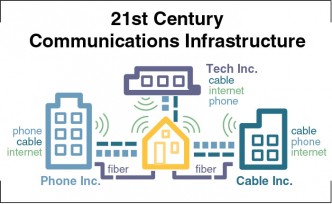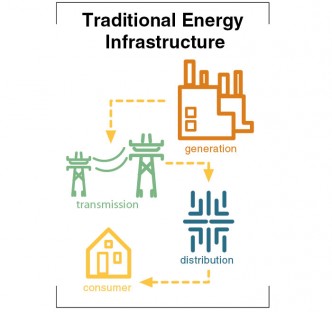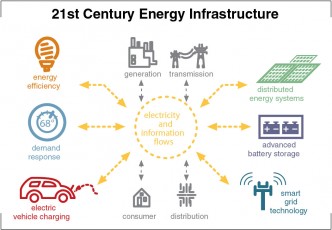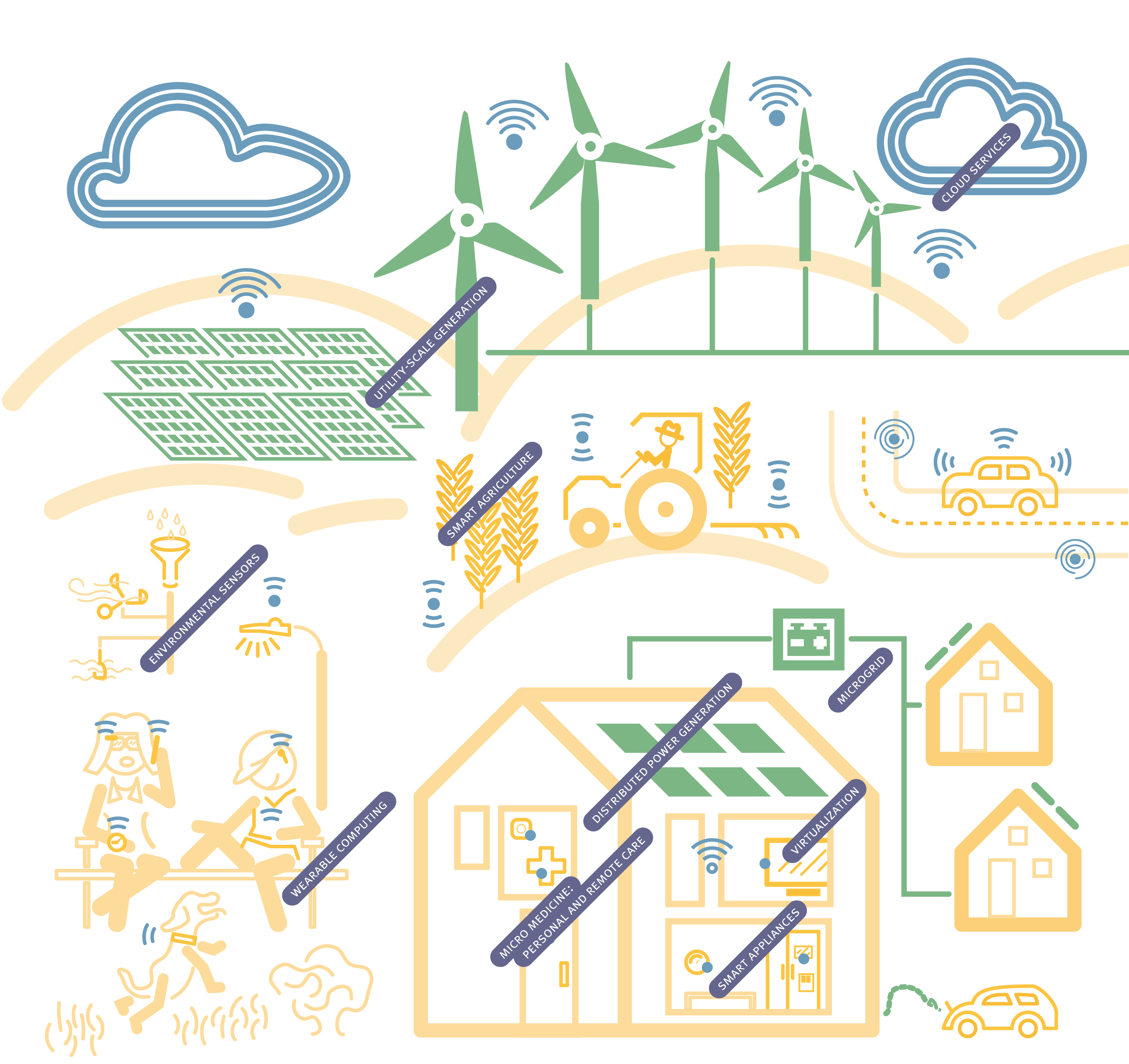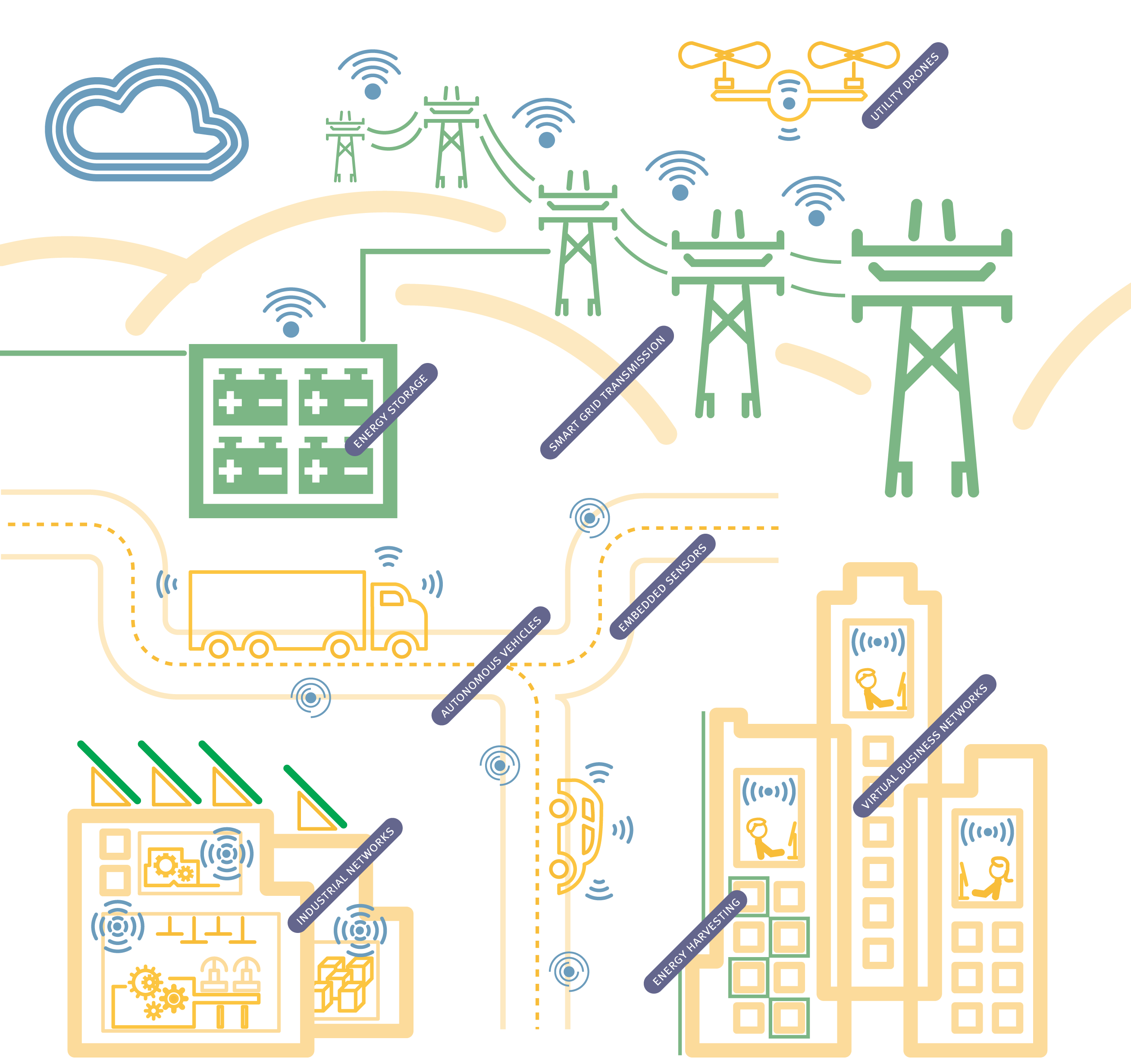This report was prepared by the Bay Area Council Economic Institute for the Bay Area Council’s 21st Century Infrastructure Initiative.
Report Writing Staff
Acknowledgements
Consulting contributors Matt Chwierut and Brinda Dalal (President, Dhoopa Ventures LLC) played key roles in the research and narrative development. Economic Institute Interns Carolyn Garrett and Alex Hartzell contributed to the data analysis, qualitative research, and overall narrative of the report. The Economic Institute also thanks Olaf Groth, a Bay Area Council Economic Institute Research Council member, for his guidance and support.





